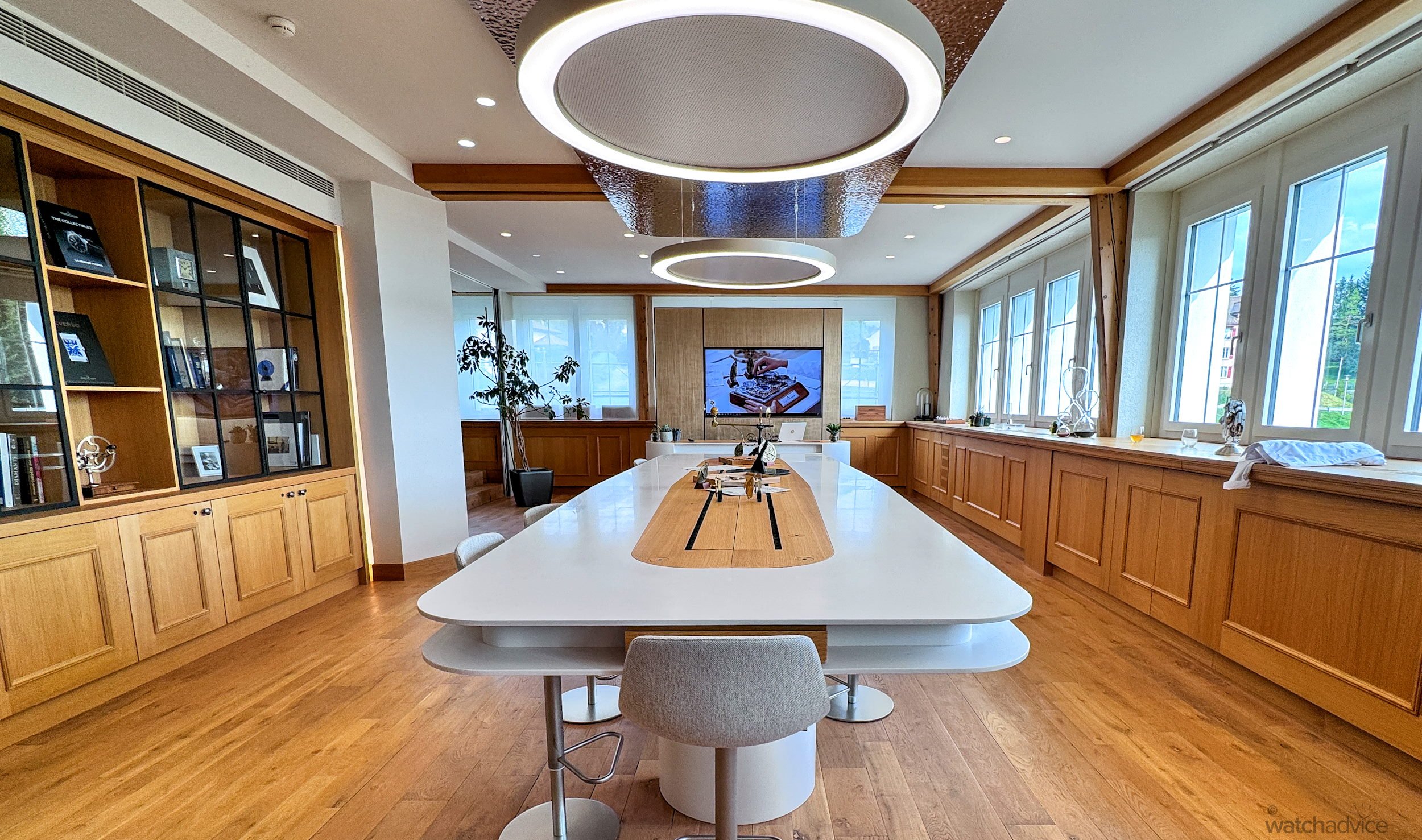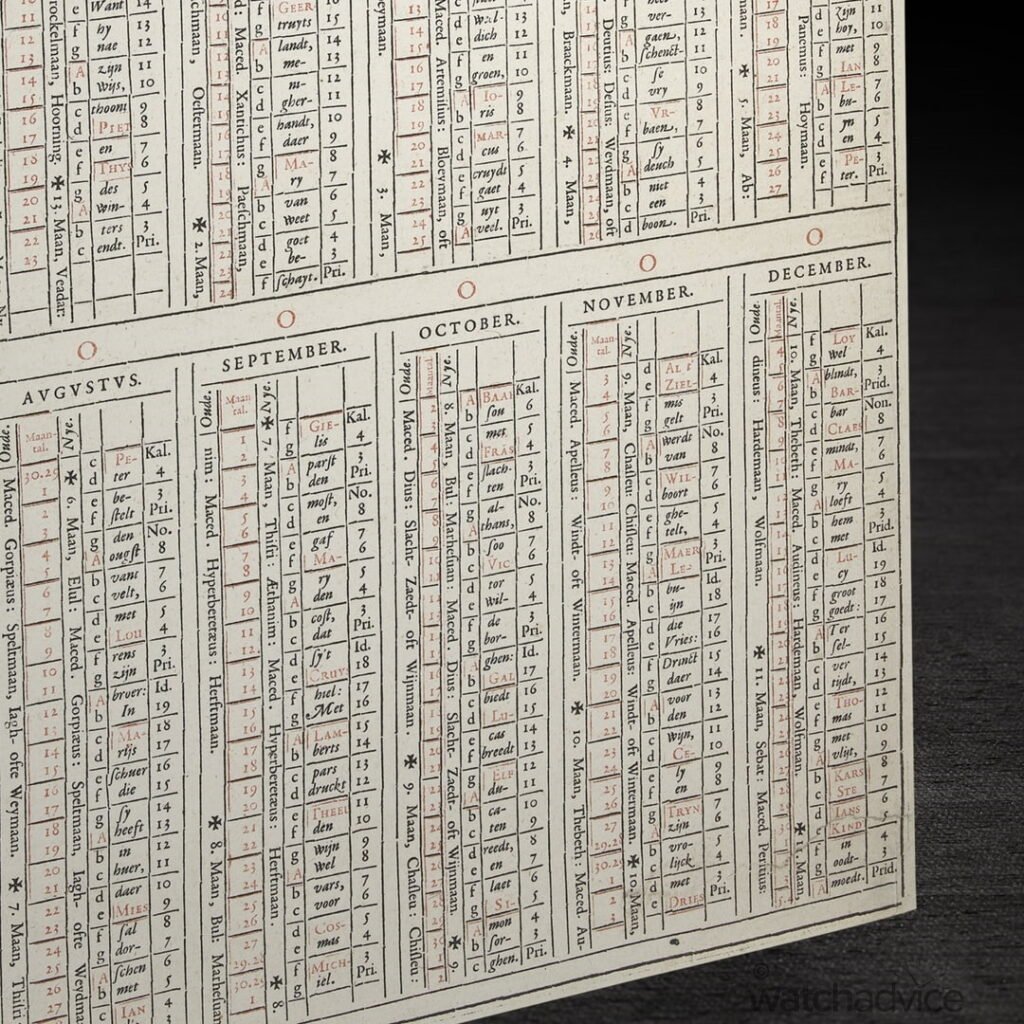Where Time Meets the Stars: A Journey into Jaeger-LeCoultre’s Celestial Craftsmanship!
At the start of September, I had the amazing opportunity to visit the Jaeger-LeCoultre Manufacture for a tour. During this visit, I also had the chance to take the brand’s Stellar Odyssey Workshop. Being in the Manufacture, I got to experience all things Jaeger-LeCoultre. We were shown the finer details in the art of watchmaking and how Jaeger-LeCoutlre, one of the oldest watch manufacturers in continuous production, has shaped the world of horology.
Related Reading: A Day Out At The Jaeger-LeCoultre Manufacture!
The first part of the Jaeger-LeCoultre Manufacture visit took me and the rest of the Watch Advice team straight into the Stellar Odyssey Workshop. The Jaeger-LeCoultre Stellar Odyssey Workshop Experience is more than just an exploration of watchmaking. It takes us on a journey through the cosmos, bringing together centuries of horological creations and celestial phenomena that have inspired timekeeping.
The Stellar Odyssey workshop offers a rare glimpse into the brand’s deep-rooted connection to astronomical complications. Time transforms into an art form shaped by the stars’ movement and different moon cycle phases. It also offers an insight into the birth of timekeeping, with how the first pocket watches with astral complications were created and how the first calendars were derived!
Jaeger-LeCoultre first introduced the Stellar Odyssey Workshop into the Manufacture tour back in 2022. Since then, it has transformed into an immersive experience that you have to sometimes book months in advance, due to its rising popularity. The workshop caters to up to eight people and is usually run by two team members from the Jaeger-LeCoultre Manufacture. One team member will take you through the immersive experience of the Stellar Odyssey Workshop, and the other is a watchmaker who will explain the finer details of the complications.
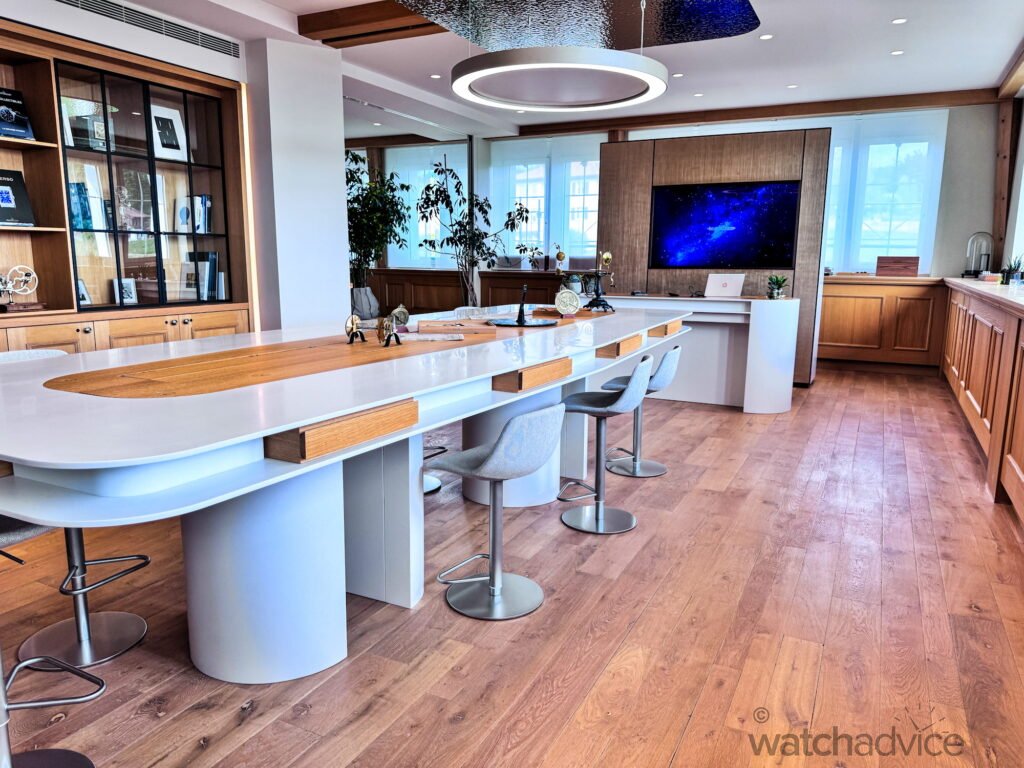
The Stellar Odyssey Workshop is located in the Atelier d’Antoine room of the Jaeger-LeCoultre Manufacture. As we entered the room, I felt like I was walking into a piece of Jaeger-LeCoultre’s history, especially how beautifully the room was designed. The Atelier d’Antoine room had plenty of natural light thanks to the large windows, and the windows also gave a view of the beautiful scenery of Vallée de Joux, where Jaeger-LeCoultre is located.
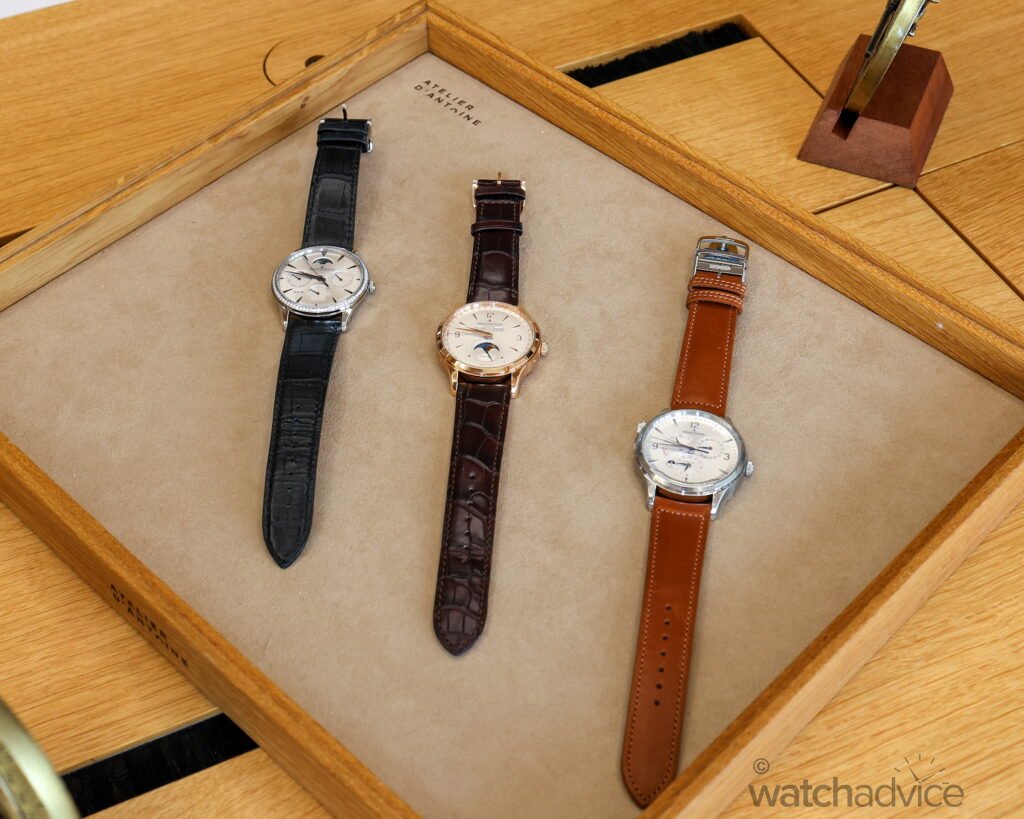
The Atelier d’Antoine room is a mix of very modern and traditional interior design, which, in a way, references not only Jaeger-LeCoultre’s watchmaking but also the Stellar Odyssey workshop, where historic complications are still found in modern-day timepieces. On the beautifully polished white table that takes centre stage of the Atelier d’Antoine room, I saw several of Jaeger-LeCoultre’s timepieces that included astronomical complications, along with several astral time clocks that will be used in the Stellar Odyssey Workshop presentation later on.
As the Jaeger-LeCoultre team introduced themselves and we made ourselves comfortable, we were given a presentation on the importance of astronomy and how it has guided humans to create calendars and timekeeping machines. The presentation started by discussing the watches on the table and how they all featured some astrological complication, whether it was moon phase, perpetual calendar, or even the shooting star complication!
We were then taken on a journey of celestial watchmaking, where we learned how astrology played a major role in the invention of time and calendars. One part of the presentation focused on building an accurate calendar and how many of the early calendars had irregularities, with leap years and months of differing lengths. This indeed presented a complex problem for watchmakers, as you would need a highly complex system of gears to account for all the irregular events that would occur.
One of the first calendars made was by Egyptian astronomers around 100 BC. The calendar measured a year’s length by observing the time it takes for the Sun to return to the same position in the sky, ultimately completing a full cycle of seasons. This Solar year is measured as 365.242180 days, which works out to be approximately 6 hours longer than our 365-day calendar year.
Then, the Jaeger-LeCoultre team gave us further insight into the other calendars that came after the Solar calendar, for example, the Julian Calendar. This calendar was first introduced by Julius Caesar in 46 BC, and it was the very first calendar that was divided into 12 months that featured 30 or 31 days per month. This Julian Calendar, however, fell short by 6 hours from the solar year, so to compensate for this, February was given an extra day.
This was still considered an over-compensation, and in 1582, Pope Gregoy XIII eliminated some leap years and brought the length of the solar and Julian calendar years within 27seconds of each other. This also created the “leap years”, which we still use in modern day calendars.
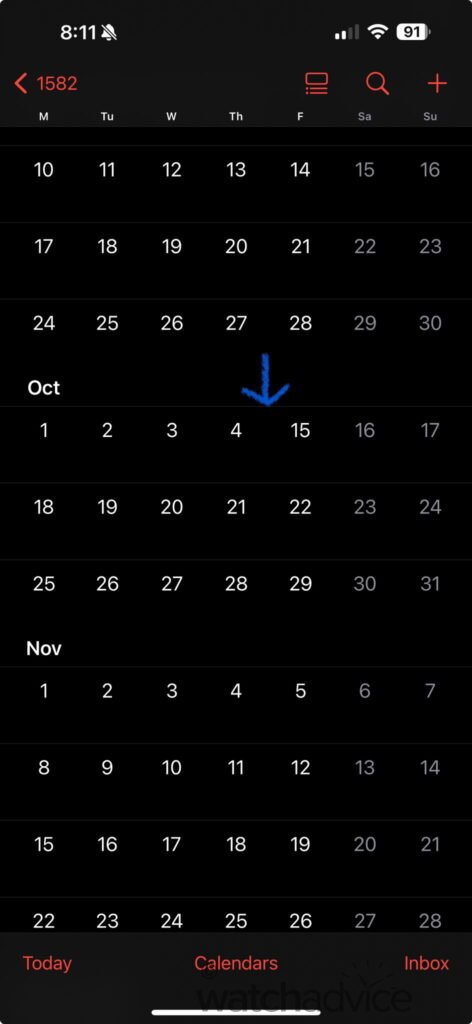
One of the most interesting facts that was given to us by the Jaeger-LeCoultre team, which I found to be completely surreal, was that in October 1582, 10 days from the Gregorian calendar were dropped from the calendar to bring the “vernal equinox” from March 11 back to March 21. The Church decided to remove ten days specifically from October so that any major Christian festivals wouldn’t be skipped. After finding out this fact, all of us immediately went to our phones, and some of us went to our iPhones and scrolled all the way back to 1582 to see the ten missing days from the calendar!
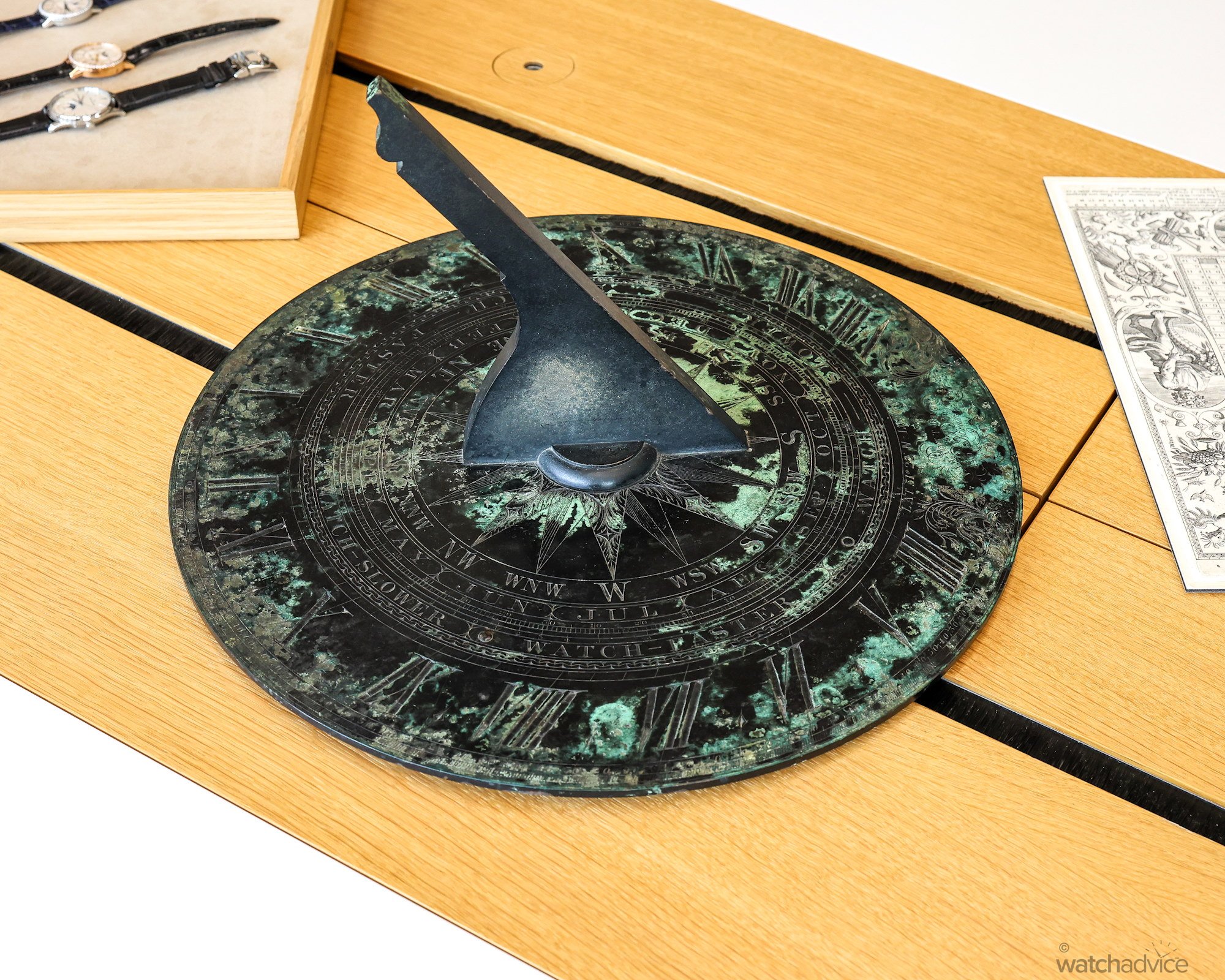
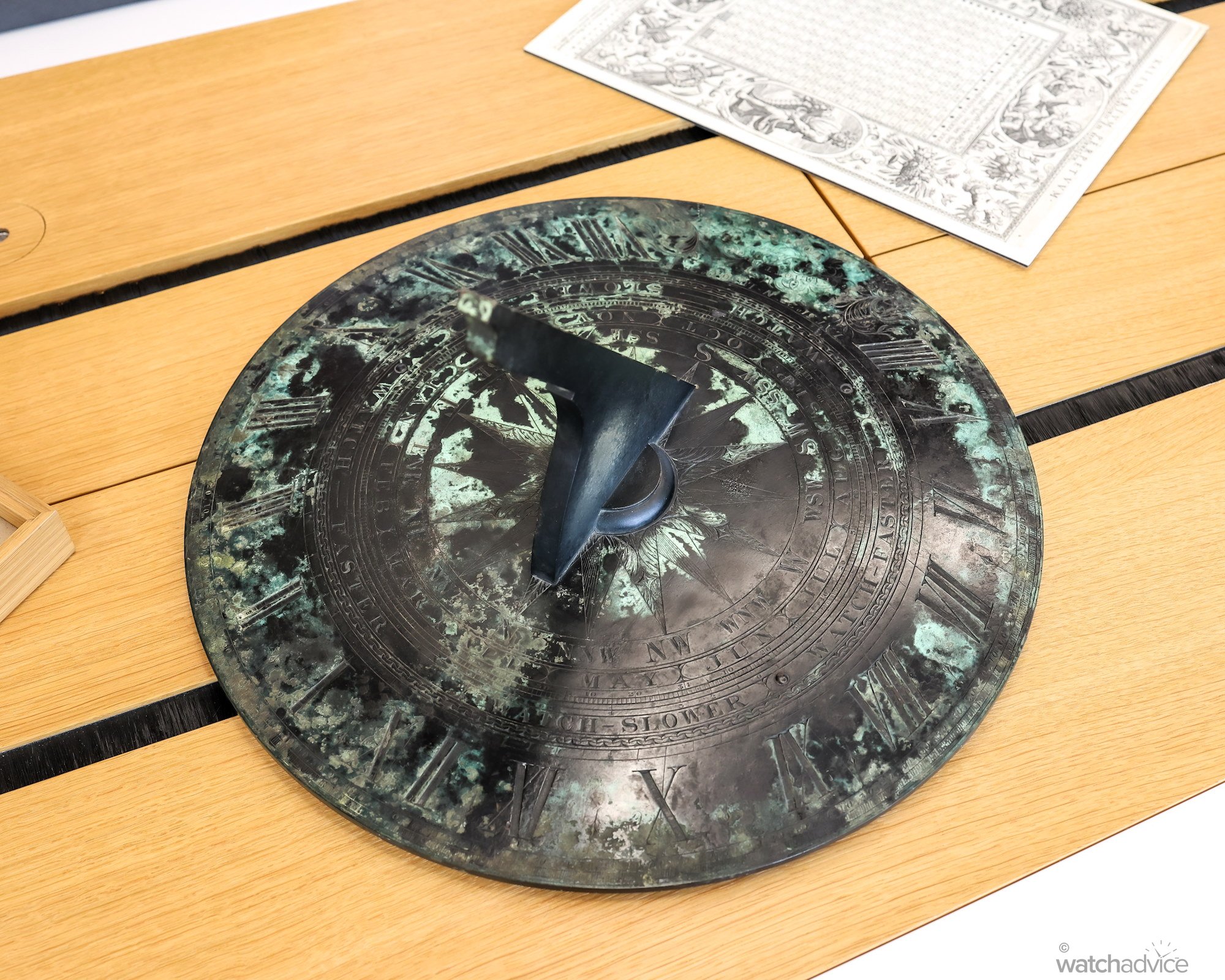
The Stellar Odyssey presentation also touched on the Sundial and Astrolabe, the very first mechanisms for timekeeping and astronomical timekeeping. Jaeger-LeCoultre presented a physical version of the sundial during the workshop. As we know, the sundial is one of the oldest known instruments used for measuring time, dating back thousands of years to ancient civilisations such as Egypt and Greece. Early sundials divided daylight into equal parts, which eventually led to the development of the 12-hour day system!
On the other hand, the astrolabe is a much more complex mechanical apparatus used by astronomers, navigators, and even astrologers to chart the stars and calculate the time of day or night. Once again, Jaeger-LeCoultre had an astrolabe on hand during the Stellar Odyssey workshop to show us how it worked. The astrolabe could measure the altitude of celestial bodies, providing precise information about their positions relative to Earth.
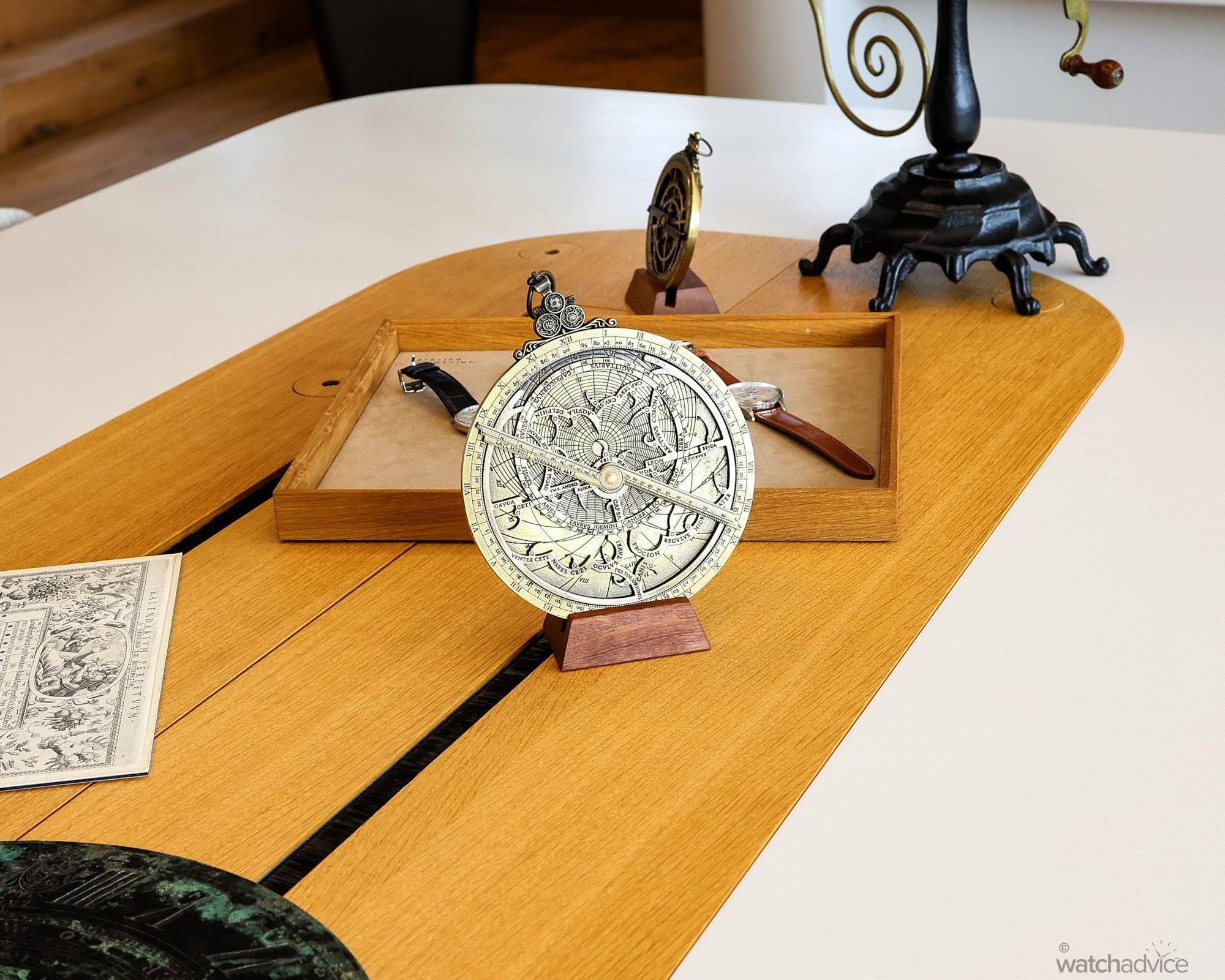
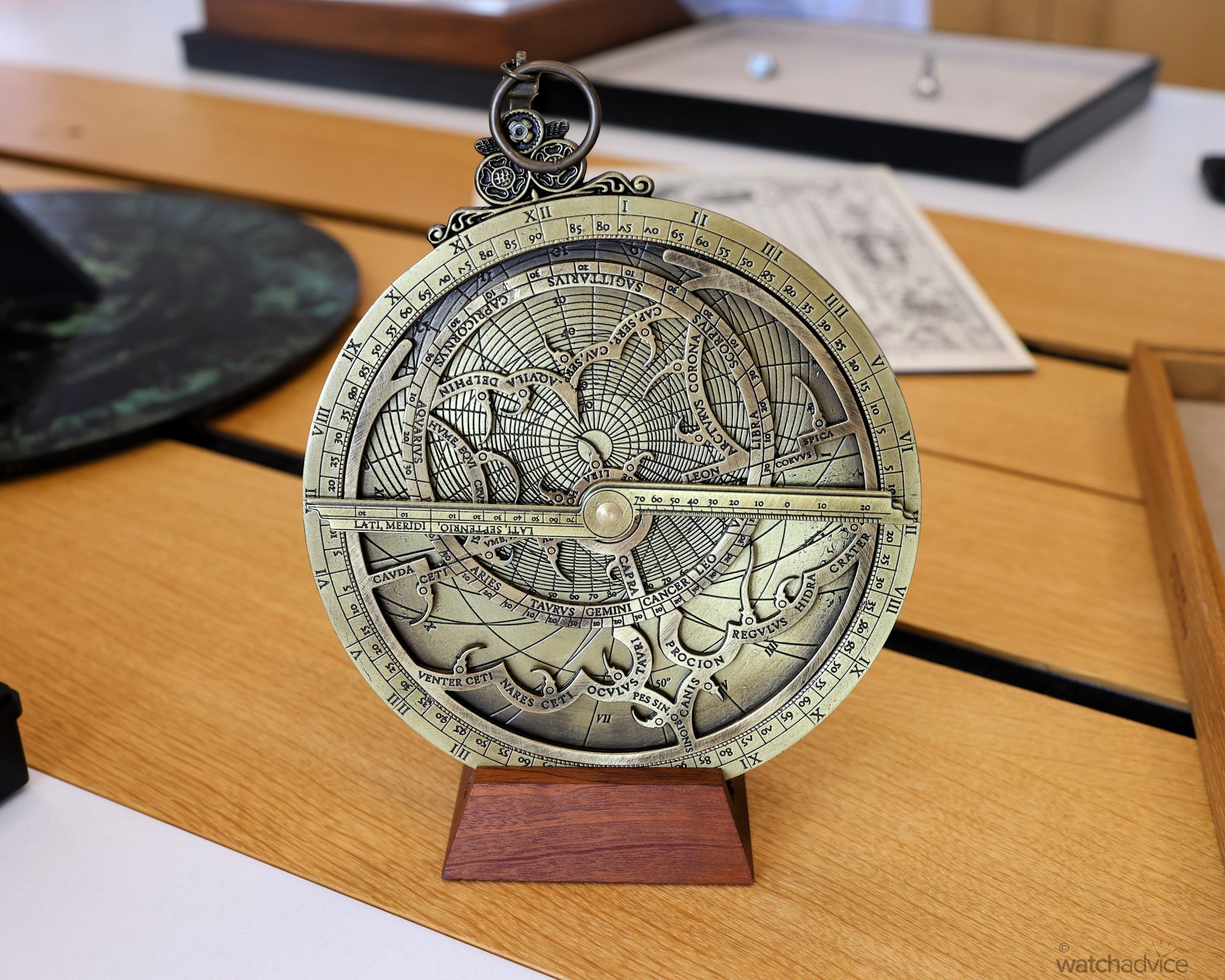
The astrolabe has also directly been linked with the development of astronomical complications in watches, such as tracking the movement of celestial bodies like the sun, moon and stars. The concept of the astrolabe can be found in modern Jaeger-LeCoultre timepieces such as the Rendez-Vous Celestial or the Master Grande Tradition Grande Complication, which come with complications such as celestial charts and moon phase indicators, all direct descendants of the astrolabe.
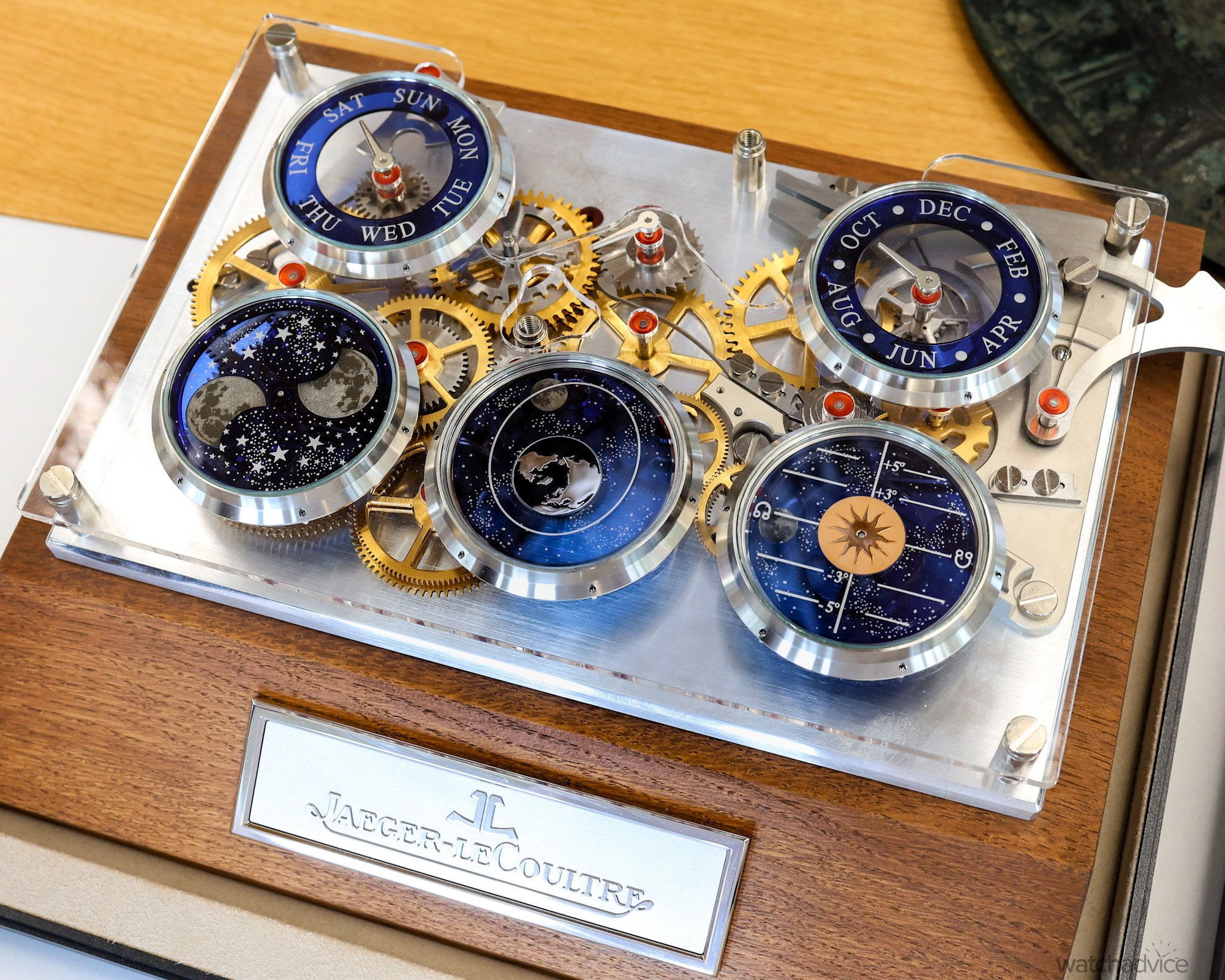
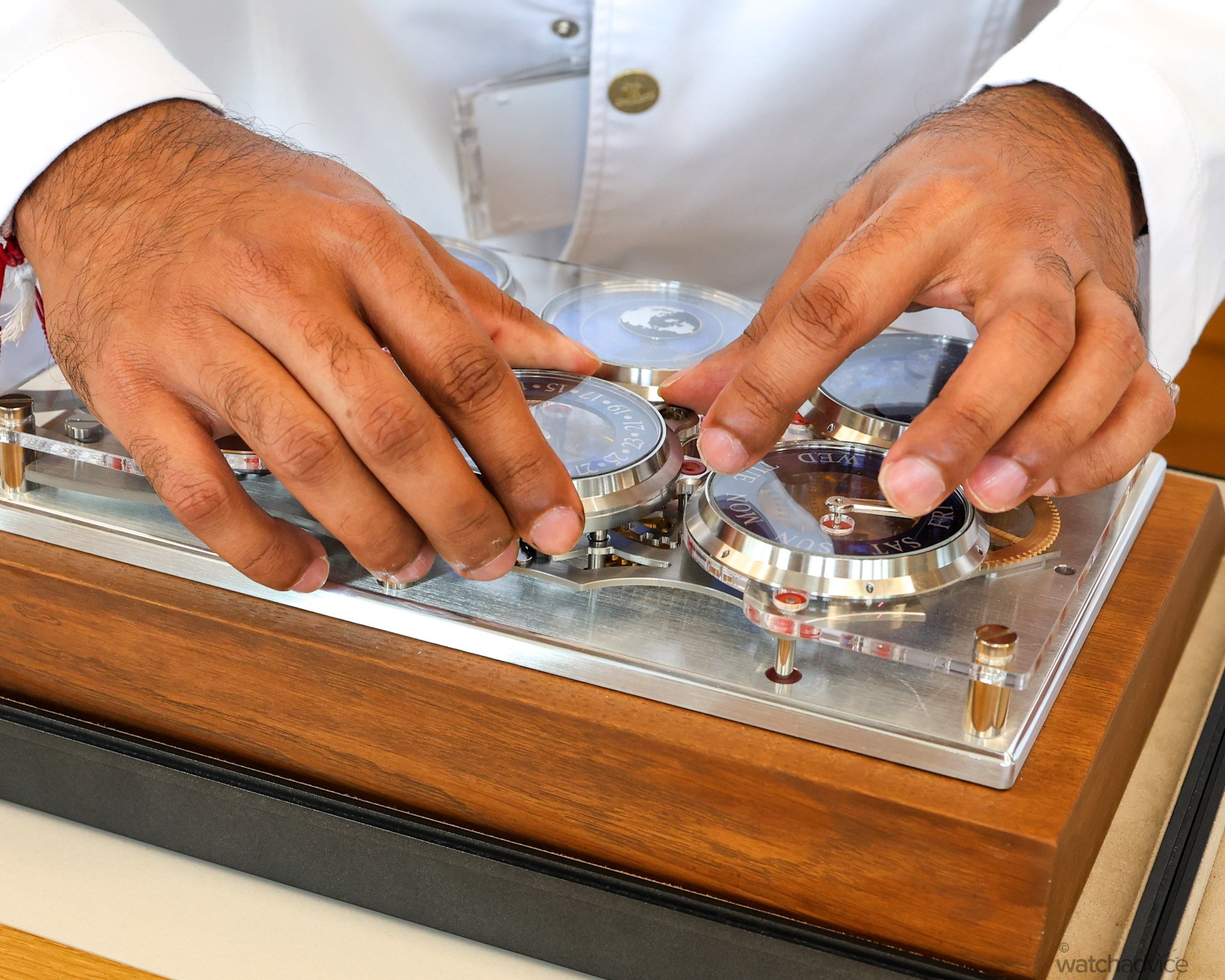
The final part of the Stellar Odyssey workshop was an interactive scenario, where we split into groups of two and were given a perpetual calendar complication to be set up. We were taken to the back of the Atelier d’Antoine to wear a watchmaker’s coat. After looking the part, we started to work the perceptual calendar complication. This large-scale model was mostly completed, with the final few pieces missing. The exercise of putting together this perpetual calendar complication was there to show us how the intricate mechanism worked, but also give us a small insight into the life of a watchmaker!
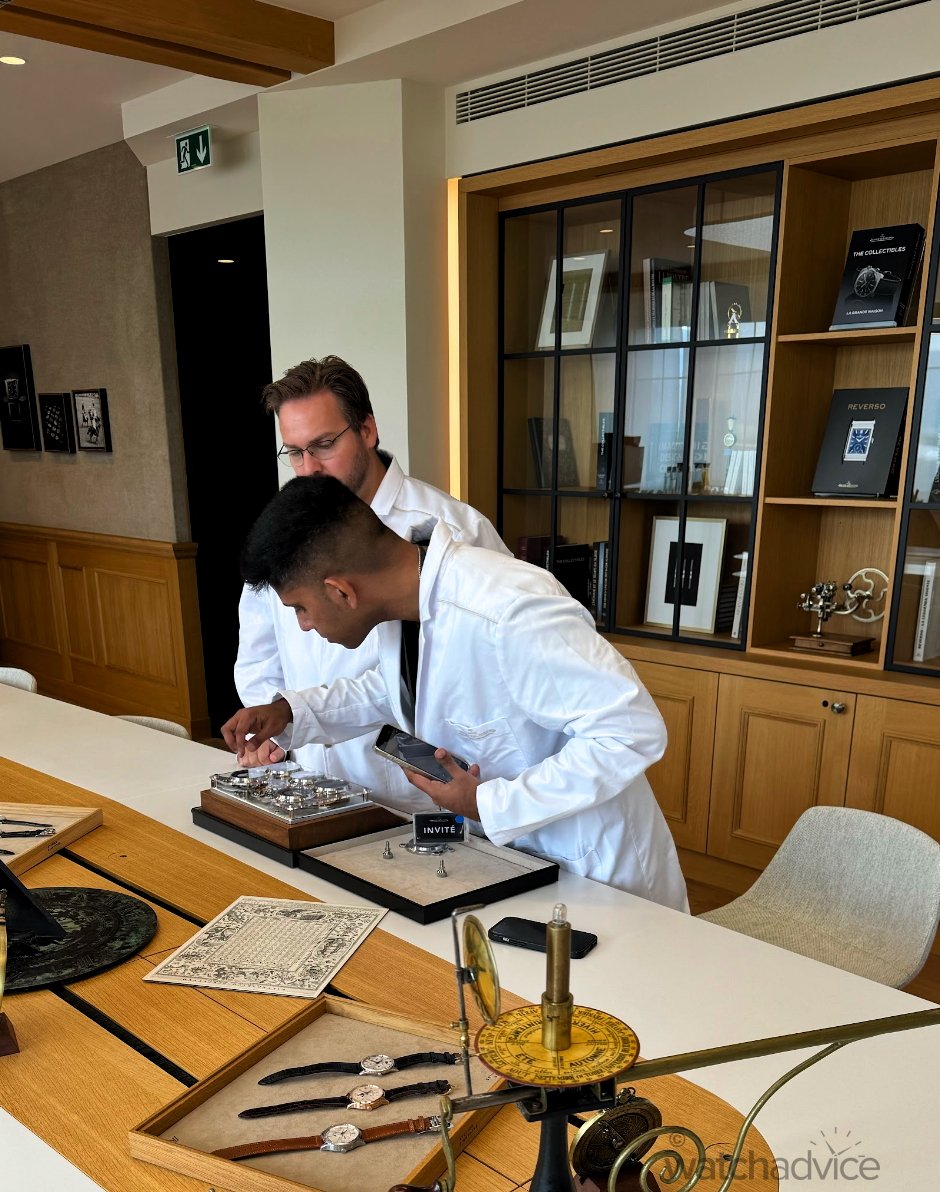
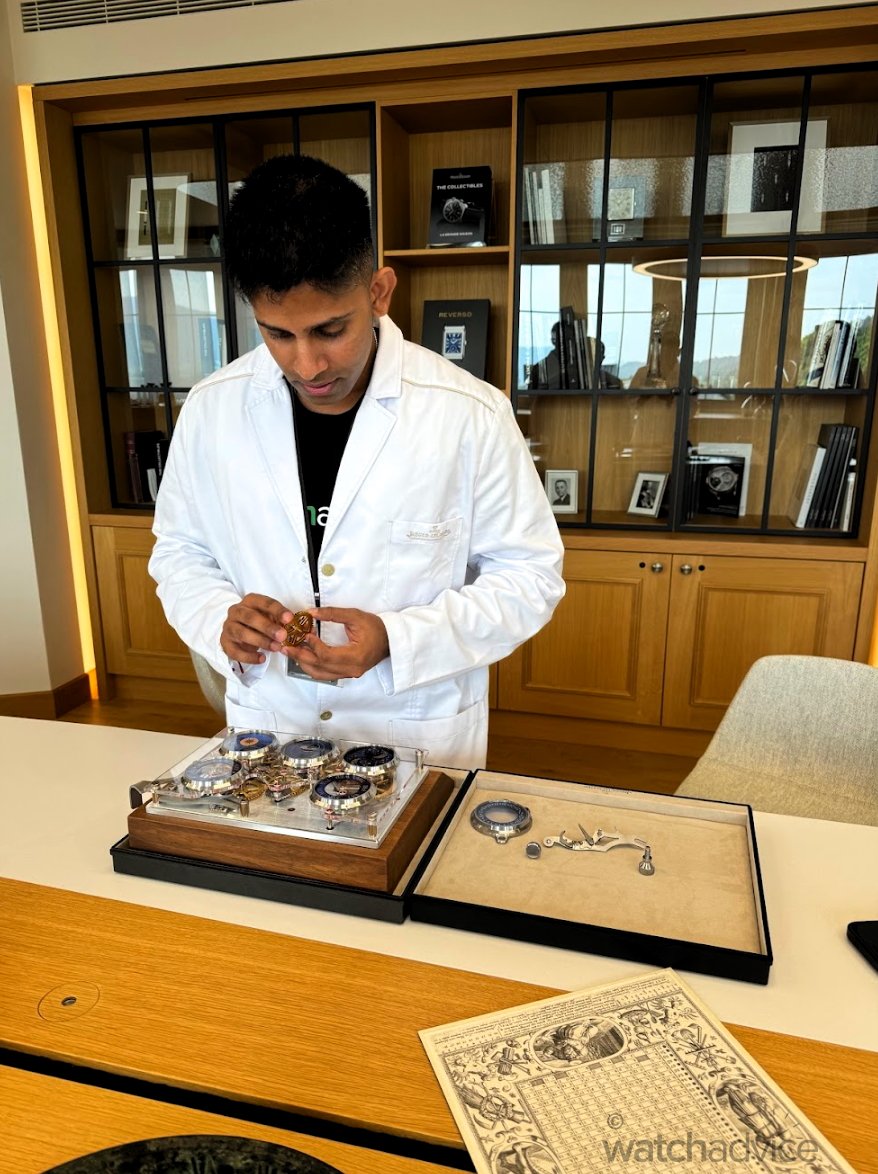
After we finished putting the perpetual calendar together, it also concluded this incredibly informative display on the celestial side of watchmaking. The Jaeger-LeCoultre Stellar Odyssey Workshop is a celebration of horological mastery and a reminder of the timeless bond between the heavens and the art of watchmaking. Participants of the workshop are invited on a journey of discovery to see how ancient celestial timekeeping instruments like the astrolabe continue to inspire the brand’s most intricate complications!
With the Stellar Odyssey Workshop, Jaeger-LeCoultre has crafted a great experience that leaves an undeniable mark on both the mind and heart. It certainly has left me with a much deeper appreciation for the celestial forces that shape our perception of time and, ultimately, the world of horology.
This was only a glimpse into the 3-hour-long Stellar Odyssey Workshop! If you would like to book the Stellar Odyssey Workshop along with the Jaegery-LeCoultre Manufacture visit, please head to jaeger-lecoultre.com.au for more information!


